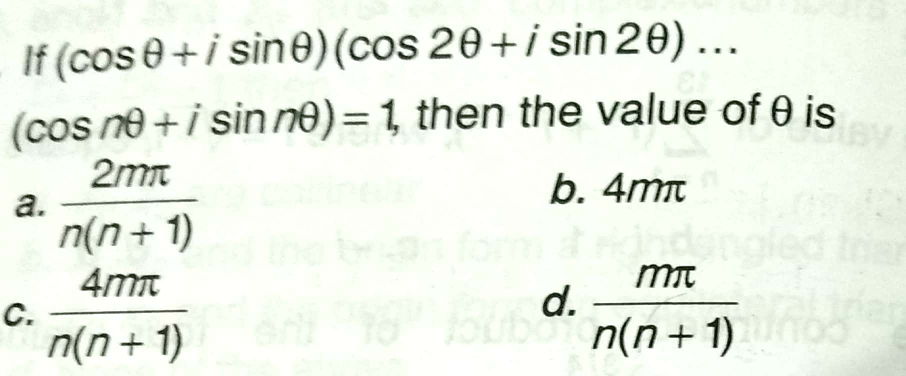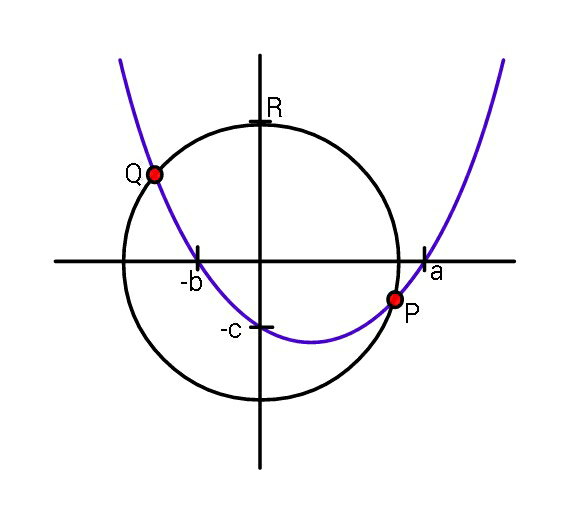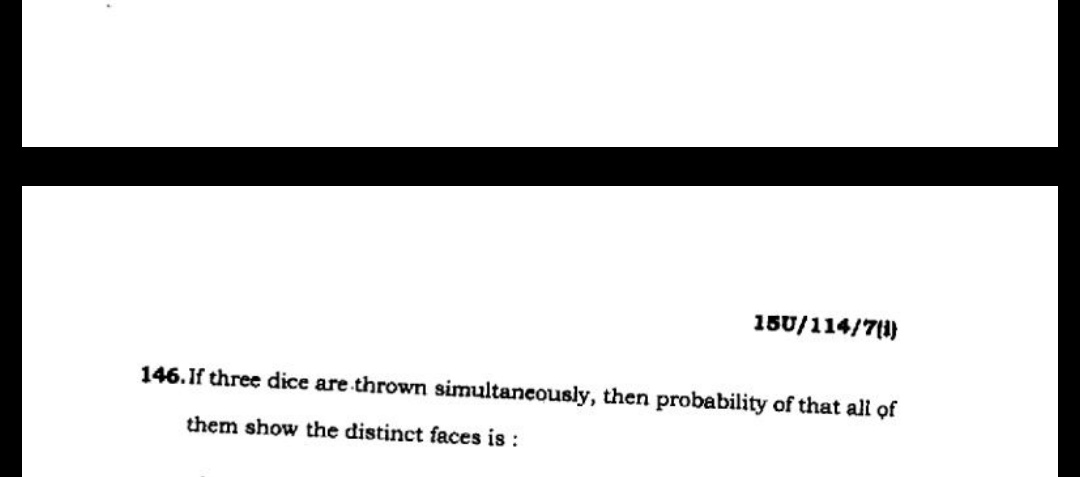
AllQuestion and Answers: Page 1526
Question Number 58175 Answers: 1 Comments: 0
Question Number 58174 Answers: 0 Comments: 2
Question Number 58171 Answers: 1 Comments: 0
Question Number 58168 Answers: 2 Comments: 0
$${find}\:\int\:\:\:\:\frac{\sqrt{{tanx}}}{{sin}\left(\mathrm{2}{x}\right)}{dx} \\ $$
Question Number 58156 Answers: 1 Comments: 0
Question Number 58154 Answers: 1 Comments: 0
Question Number 58153 Answers: 1 Comments: 0
Question Number 58145 Answers: 1 Comments: 0
Question Number 58135 Answers: 1 Comments: 0

Question Number 58132 Answers: 2 Comments: 1

Question Number 58113 Answers: 0 Comments: 1
Question Number 58103 Answers: 1 Comments: 0
Question Number 58097 Answers: 2 Comments: 0
Question Number 58092 Answers: 3 Comments: 0
$$\mathrm{6}{x}^{\mathrm{3}} +\mathrm{5}{x}^{\mathrm{2}} −\mathrm{6}{x}−\mathrm{5}=\mathrm{0} \\ $$
Question Number 58091 Answers: 2 Comments: 0
Question Number 58090 Answers: 1 Comments: 0
Question Number 58084 Answers: 0 Comments: 3

Question Number 58079 Answers: 1 Comments: 0
Question Number 58077 Answers: 1 Comments: 0
Question Number 58076 Answers: 2 Comments: 1
Question Number 58060 Answers: 0 Comments: 3
Question Number 58056 Answers: 1 Comments: 0
Question Number 58055 Answers: 1 Comments: 0
Question Number 58051 Answers: 1 Comments: 0

Question Number 58050 Answers: 1 Comments: 0

Question Number 58049 Answers: 0 Comments: 0

Pg 1521 Pg 1522 Pg 1523 Pg 1524 Pg 1525 Pg 1526 Pg 1527 Pg 1528 Pg 1529 Pg 1530
